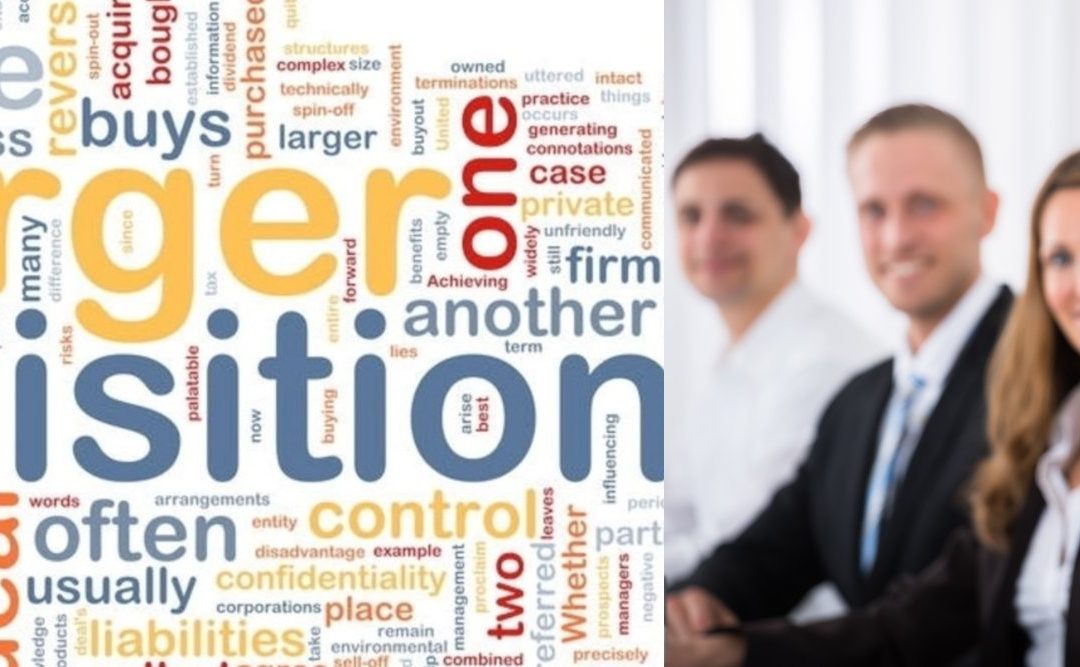In the dynamic realm of mergers and acquisitions, securing the right talents to lead M&A transactions can determine whether the company achieves success or miss critical opportunities.
Companies approach mergers and acquisitions (M&A) in various ways. In some cases, two organizations join forces together to create stronger structure, while in others, larger corporations take over smaller players, integrating them into their own structures. Regardless of the approach, M&A present numerous challenges for both parties involved.
In this complex world of M&A, HR takes on a pivotal role, serving as the bridge that ensures employees navigate the transition smoothly and confidently. HR professionals in this space are not just support players—they are strategic drivers who help shape the success of the merger or acquisition, starting from the early discussions right through to full integration.
The article “European M&A Market in 2024: A Mixed Outlook with Opportunities in Key Sectors” emphasizes that while deal volumes have dropped, deal values are on the rise. This is largely due to strategic investments in key sectors like digital transformation and the energy transition. For HR leaders, this presents a unique challenge: ensuring cultural alignment and talent retention amid these strategic acquisitions is more critical than ever.
Let’s start with the due diligence process, and especially the target company’s people practices—analyzing everything from employee benefit plans and compensation structures to performance management systems. The goal is to identify potential risks and areas that need alignment before the merger or acquisition moves forward.
Let’s continue with cultural integration. Aligning culture of two different companies is one of the biggest challenges during M&A. Differing corporate cultures can lead to misunderstandings, decreased morale, and resistance to change, ultimately affecting the overall success of the merger. One of the key reasons mergers and acquisitions fail is poor integration of work cultures.
The culture differences enhance employee uncertainty. Employees often feel uncertain about their roles, job security, and the future of the organization. This can lead to low morale, decreased productivity, and an exodus of talent at all levels, especially in key leadership roles. Leadership disruption– the high-level roles may shift, become redundant, or face ambiguity, leading to confusion, power struggles, and a lack of clear direction. Executive turnover can result in instability during the transition.
Cultural integration and leadership alignment, as discussed in the European M&A article, are not just side issues but pivotal factors in the success of these deals. For example, the Swisscom-Vodafone Italia deal, which focused on expanding telecom infrastructure, required careful HR management to ensure that both leadership and employee integration supported the overarching strategic goals (Intellizence).
HR experts are responsible for identifying where these differences lie and finding ways to harmonize the cultures of both organizations. This isn’t just about avoiding friction—it’s about building a unified company culture that drives success.
Through the M&A one of the key roles has the Talent Management Team, which has to assure the high talent retention level. Retaining top talent is challenging as key leaders and employees may leave due to uncertainties or misalignment with the new organizational direction. This can create gaps in management and expertise that slow down integration efforts.
The success of the new entity hinges on retaining key employees who understand the business, have important relationships with clients, and possess essential skills. Companies that focus on early identification of key employees, transparent communication, and strong leadership support stand the best chance of keeping their critical talent onboard. HR experts are here to drive these key topics to improve Talent retention.
Another issue can appear on the field of strategy, leading to strategic misalignment. When the two organizations do not align on their vision, mission, or strategic goals, it can lead to confusion and difficulty in executing the post-merger integration. Leadership misalignment on these fronts can slow decision-making and cause friction, which can lead to operational disruptions. M&A often disrupts day-to-day operations. Without experienced leaders to guide the integration process, companies may face operational inefficiencies or bottlenecks.
HR experts should take a proactive role in cultural due diligence, leadership alignment, talent assessment, and transparent communication, delivering consistent messages about the strategic goals of the merger, which is likely to reduce the risk of misalignment. When HR ensures that the merged organization has a cohesive strategy, aligned leadership, and a unified culture, the newly combined company can leverage its strengths and achieve its long-term goals.
At the end, let’s don’t forget about stakeholder concerns. Shareholders, customers, and partners may question the new leadership and direction, potentially damaging trust and relationships. Without the right leadership in place, it is hard to provide assurance to these external stakeholders.
Each of these challenges can lead to necessary changes in the organization’s structure and teams. As an executive search firm, we provide tailored solutions to mitigate these challenges and ensure leadership continuity and stability during M&A transitions.
First and foremost we help identifying key leadership talents. Identifying and retaining critical leadership roles is essential for a smooth transition. By understanding the company’s vision, strategy, values and culture we ensure that the right leaders are in place to drive the integration and maintain business continuity. On top of that we take into account the cultural fit. Our expertise in assessing candidates goes beyond skills and experience; we also evaluate their ability to align with the evolving culture of the merged organization. This helps in selecting leaders who will not only manage the integration efficiently but also unify the workforce under a cohesive culture and a clear strategy. If necessary, we provide interim leadership solutions during the M&A transition period. This ensures that there is an experienced executive at the helm, driving the process forward while permanent leadership positions are filled.
The right talents in place inspires confidence among stakeholders. We ensure that leaders with the right blend of expertise, cultural alignment, and strategic vision are chosen, helping to ease concerns from shareholders, customers, and employees.
Supervising the integration of HR systems, policies, and practices once the transaction is complete, ensuring employees experience a smooth transition is also crucial to guarantee consistency, reduce confusion, and foster a seamless transition for employees into the new organization.
Mergers and acquisitions can be fraught with challenges, particularly when it comes to leadership stability and continuity. As an executive search firm, we are uniquely positioned to help companies navigate these challenges by ensuring that they have the right leadership talent in place, both during and after the transition, keeping the high level of confidentiality and discretion. From cultural alignment to strategic leadership and workforce planning, we play a crucial role in supporting long-term success in M&A scenarios.
Senior Consultant



